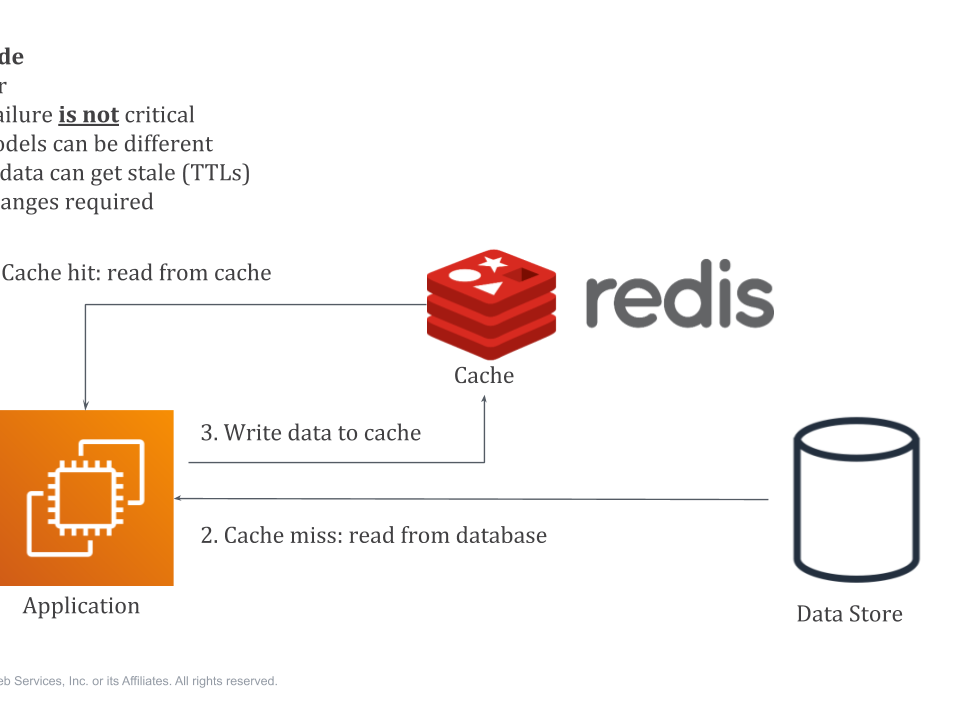
A Beginners Guide to Artificial Intelligence For Web Developers
9th October 2021
Healthcare App Ideas: 20+ Ideas For Healthcare Professionals
13th October 2021What is AWS Elastic Beanstalk?
Is a Podium-As-A service that permits developers to simply take benefit of AWS for application preparation and management? You can hire freelancers online to help you manage it.
What is as useful as the AWS Elastic Beanstalk?
A developer can implement their applications in the AWS while it is not Elastic to come however, this can mean the time of payment in the choice and assembly of services from the wide variety of decisions between the AWS ecological system. Do you need freelance services to help you handle. With Elastic Beanstalk, it abstracts the infrastructure layer from developers and permits them to quickly deploy and manage their applications in the AWS. Developers do not have any method restricted by elastic trunk Thomas. They still receive a granular configuration in their applications. It is very technical. Make him a great layman. Well, and then let’s say we would like to make a laptop these days. There are two ways we tend to go in relation to their compliance:
1) Go to a computer store.
The computer store is giant and confusing with lines when rows of shelves call in front of you. We feel powerless with the decisions, however, it has all the elements that we would like to do from our laptop, and therefore we have a tendency to soldier. We navigate tightly between the shelves to decide the central processing unit, SSD for storage, our operating system package, etc. Then we started to assemble them to obtain the final product. Acquire freelance services online to handle it. This draws in parallel with the construction application in the AWS while it is not an elastic trunk. You choose however powerful that you want your EC2 server to be, what type of storage service and how the giant closet space, etc. Then you begin to assemble them to induce your application to work.
2) Go to a computer merchant establishment.
A computer retail store includes a large amount of consumer friendly storefront. It is much cleaner and cooler. Along the alley, we will note the salesman’s area unit smiling in the United States, ready to withstand any doubts.
We tell the vendor that our computer wants (for example, games) and we leave with a laptop that can attend to that will. It’s as simple as that. Do not grasp manual or get dirt on our hands.
And if the area unit is not proud of the configuration, we have the freedom to update the elements of ourselves.
That’s how DevOps life is with the Elastic Beanstalk.
Scale like a professional with elastic
Out of the box, the Elastic Beanstalk will provide an automatic load balancing environment, which is the appropriate area unit to handle the volume of gigantic traffic. With the EB panel, you can simply manage your application by Defining the maximum range of EC2 instances that can be triggered Adding trigger rules to add/close instances to handle the load Selecting proxy server as Nginx to store static files Making it possible to observe the health of the application Creating alarms
Why the need for that survival guide?
In spite of the developments that Elastic Beanstalk brought to developers, novices seem to assume that the elastic stem has a steep learning curve. Most of the time, we have difficulty learning new things on the network as a result of scarcity or unhealthy documentation.
But unlike the well-received belief, I have found the AWS Elastic Beanstalk to be far more than comfortable. Actually, the measurement of the square documentation that overflows as a result of there are, therefore, a lot of elastic will do. This, in terms, stifles what novices really want to understand to push go with the Elastic stem. And that happened exactly with the Pine Tree State.
So, first and foremost, this survival guide is written for me as a point of reference that cuts off the persecution.
Secondly, I hope this guide serves as an honest start line for developers who need to take advantage of the AWS while not paying the frustration of late at night through google for answers.
Advantages
The main benefits of Elastic Beanstalk include efficient server configuration, powerful customization, and a value-for-money purpose.
Quick Lightning Configuration with Automation
Elastic Beanstalk automates the configuration, configuration, and provisioning of other AWS services such as EC2, RDS, and Elastic Load Balancing to produce an Internet service. You can enter your AWS management console; Associate in Nursing has a new site and is accessible in over an hour. The Elastic Beanstalk also creates a fairly standard configuration for a contemporary Rails application.
This automation can save precious time by dealing with all the things that need to be completed for a production application (setting log file rotations, Nginx configuration files, Puma service configuration, installing Linux package, installing Ruby Configuration of the load balancer and configuration of the database). There are many services like Heroku, Engine Yard and others that still do, but, in general, we found that the elastic stem was in the pair and had a normal sensible configuration, especially when you consider its value. Here are some of the configuration details:
Support: AWS Elastic Beanstalk supports Java,NET, PHP, Node.js, Python, Ruby, Go and Docker net applications.
Rails Servers: For Rails, you can run a pilot or a stack of applications Felis concolor – we use only Felis concolor to date, and the servers will be configured by elastic array to run a Felis concolor method (with Nginx used as a reverse proxy before ) And an accessible server configuration for log files, directory security, and user security. SQL Server: This is configured through Amazon RDS, but at its heart is an EC2 server with running information. We use Postgres and Mysql.
AWS Elastic Load Balancer: running and with the correct configuration for Rails servers.
Security: New groups and AWS security policies are created along with permissions for these services to talk securely. All servers are configured so that they can only talk and have permissions for what they need. For example, your Rails servers only have one port open specifically for load balancers, and nothing can talk to your DB server except for your Rails servers. This is fantastic because it can be difficult to do the same on your own.
Default configuration: ENV variables on Rails servers that securely define the secrets required for Rails to run – as an endpoint of information, username, and password. This is also useful because determining a safe thank you to try this on your own can be a pain and it is simple to suggest wrong.
Custom configuration: simply and securely (within the Elastic stalk UI or through the AWS instruction tools) to include custom ENV variables. For example, you can set your Mailchimp account and secret and have it accessible to your Rails code as an ENV variable.
Monitoring: basic monitoring of your servers through Cloudwatch.
Deployment: Easy preparation of new versions through the AWS interface. Once configured, you run the `web deploy` from the root of your git repository and the deployment only works. This was also simple to integrate with the Calculus, Continuous Integration system we used. The automated configuration of Elastic Beanstalk helps prevent errors that occur for lack of small details once you try it out and DIY. These are great specifications that you usually look for since it employs a service like that as a result of which they will be very difficult to order on their own. You may need to hire freelancers to help in deploying this.
Powerful customization
With Elastic Beanstalk, everything is under your control. Everything that is created is simply an AWS service – so you can examine EC2, see the new instances and ssh in them. You can update your information configuration file. You can upgrade the protection cluster to all machines so that, for example, the entire application is accessible from your office science address. While at some level this is a service identical to Heroku, it also provides additional low-level access and management. The customization is more sophisticated, but abundant additional versatile and powerful than the mistreatment Heroku. For example, when we tend to be required to present sidekick, it was not straightforward (but possible) – that’s another post for another time.
Price and flexibility
Elastic Beanstalk’s price and flexibility unit are pleasing. The podium itself is nothing, so there is no additional charge for the first AWS service, you are being mistreated. Also, because you’ll decide the size of your instance, in addition, to easily adding additional front-end servers to the load balancer, you can simply combine your server if your service loads. The Elastic Beanstalk still has a self-designed projectile convenience, which we tend not to use, but would be a big thank you for saving for larger applications, noting just additional servers as needed. In general, our costs in an application with a similar size and scope that we tend to project over an equivalent period of time were four hundredths higher in Heroku Vs. Elastic Beanstalk. Although each application is totally different, it is a good compartment comparison.





